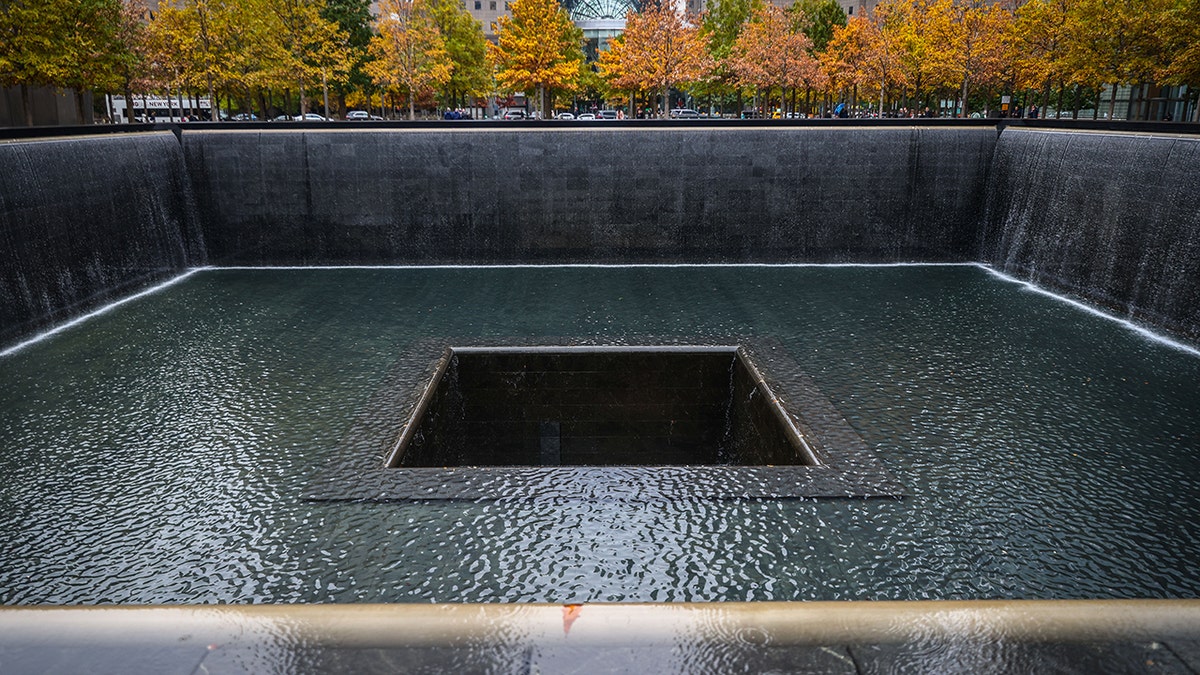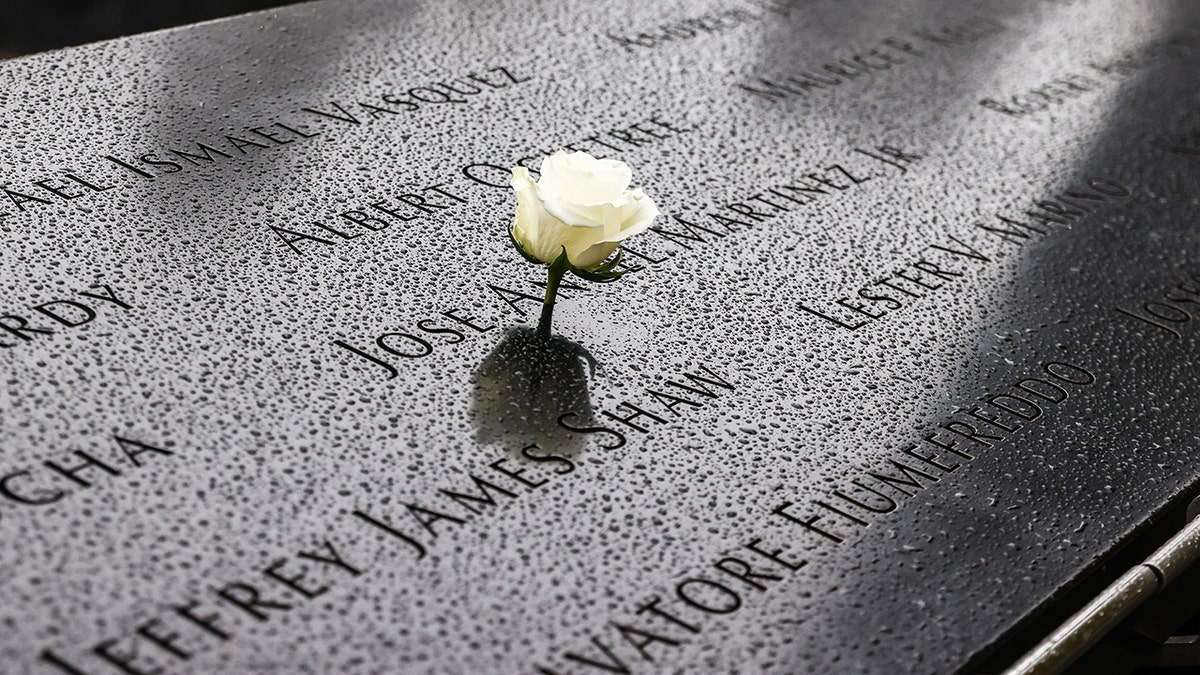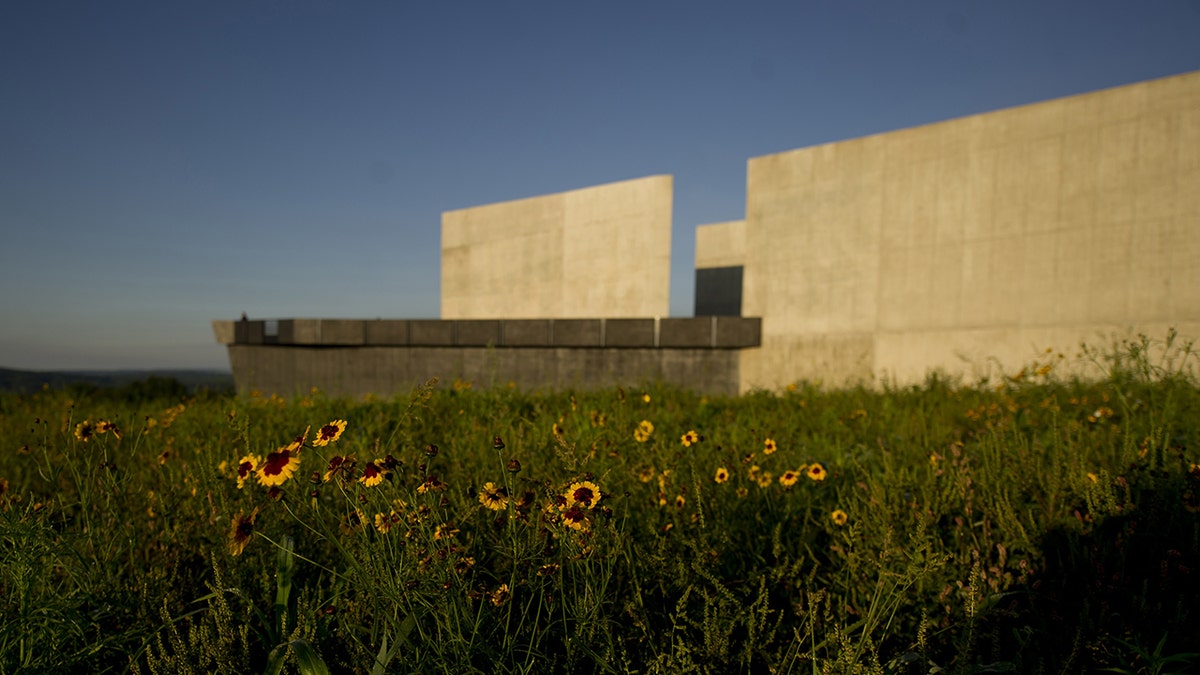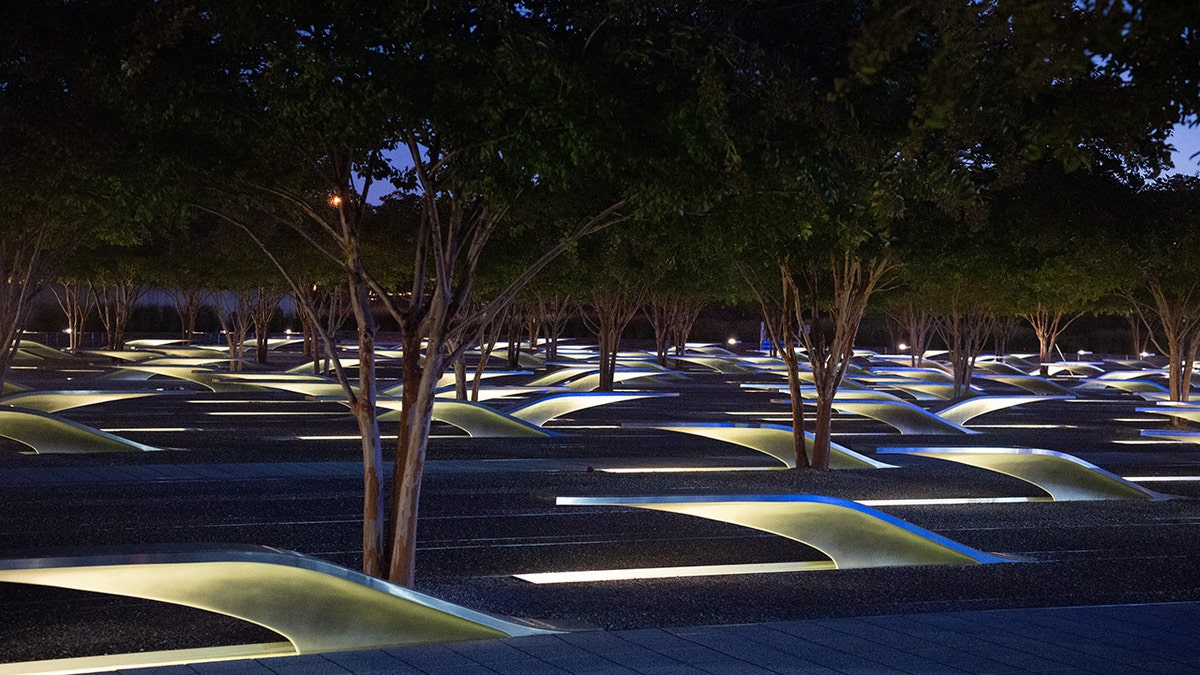9/11 museums and memorials throughout the US that honor lives lost
The United States is home to memorials and museums that honor the thousands of lives lost during the terrorist attacks on September 11, 2001.
Memorials have been constructed by talented sculptors across the country, serving as a reminder of the tragedy that struck the country and the heroes who showed immeasurable strength and bravery in the aftermath. There are more than a thousand 9/11 memorials across the United States, with most in the New York, New Jersey and Connecticut areas.
Many memorials and museums have been built over the years since September 11, 2001. Here are just a few you can pay respects to.
9/11: THE IMAGES OF THE ATTACK THAT CHANGED THE WORLD
- 9/11 Memorial & Museum in New York City
- Flight 93 National Memorial in Shanksville, Pennsylvania
- Postcards in Staten Island
- 9/11 Memorial Labyrinth at Boston College
- The Pentagon Memorial in Arlington, Virginia
1. 9/11 Memorial & Museum in New York City
Millions of people pay their respects at the 9/11 Memorial in New York City each year and learn more about the shocking events that happened on September 11, 2001.
“The 9/11 Memorial is a tribute of remembrance, honoring the 2,977 people killed in the terror attacks of September 11, 2001 at the World Trade Center site, near Shanksville, Pennsylvania, and the Pentagon, as well as the six people killed in the World Trade Center bombing on February 26, 1993,” according to the memorial and museum’s website.
The two memorial pools, engraved with the names of those who lost their lives, stand where the twin towers once stood. They are a tranquil, somber haven in the bustling city, where those who died can be remembered and honored. The North Pool contains the names of those who died at the North Tower, those who died on February 26, 1993, and those who lost their lives on the hijacked Flight 11. Engraved on the South Pool are the names of the first responders, victims at the South Tower, those who were on hijacked Flights 93, 77 and 175 as well as those who died at the Pentagon.

‘THE LOST CALLS OF 9/11’ REVEALS NEVER-BEFORE-HEARD CALLS FROM ONE OF THE DARKEST DAYS IN US HISTORY
The site of the 9/11 Memorial is also home to over 400 swamp oak trees, which were native to the areas of the 9/11 crash sites, as well as the Survivor Tree.
The Survivor Tree is a Callery Pear Tree that recovery workers discovered at Ground Zero in October 2001. The tree was nursed back to health and still stands today.
The memorial also contains the 9/11 Memorial Glade, honoring those who developed illnesses and those who died from exposure to toxins from the aftermath of the attacks.
The 9/11 Museum invites people to gain further knowledge of the history of 9/11 and the 1993 World Trade Center bombing through its exhibits. The museum was dedicated on May 15, 2014, in a ceremony led by then-President Obama and 9/11 Memorial Chairman Michael R. Bloomberg. The doors of the museum were opened to the public on May 21, 2014.

ICONIC 9/11 PHOTOS AND THE PHOTOGRAPHERS WHO SHOT THEM: HERE ARE THEIR STORIES
One of the historic remnants in the museum is the Survivors’ Stairs, a staircase that provided refuge for those fleeing from the World Trade Center Plaza to the street on September 11. Foundation Hall is the largest sector of the museum, where the Last Column can be seen. The Last Column was the final steel beam to be removed from Ground Zero.
2. Flight 93 National Memorial, Shanksville, Pennsylvania
Flight 93 National Memorial is located at the site where one of planes crash-landed. United Airlines Flight 93 left Newark International Airport and was hijacked by terrorists, who commandeered the plane, and changed course for Washington D.C., intending to strike the US Capitol building. Flight crew and passengers heroically fought back, leading hijackers to crash the plane in a field in Pennsylvania, missing their intended target. Many lives were saved due to the brave actions of those on Flight 93, who sacrificed their own lives.
The site of the memorial, containing a visitor center and exhibition, stands today where Flight 93 tragically crashed. Part of the memorial is the Tower of Voices, a 93-foot structure with 40 wind chimes throughout, representing each life lost on the flight.

WILL LEARNING ABOUT 9/11 BE MANDATED IN SCHOOLS ACROSS AMERICA?
3. Postcards in Staten Island
Postcards is the name of a structure created by Masayuki Sono that serves as another memorial to the 9/11 attacks. The two fiberglass structures that make up the memorial resemble folding postcards.
Granite plaques are located throughout the structure containing the names of Staten Island residents who died in the 9/11 attacks. There is also a plaque honoring the one Staten Island resident who died during the World Trade Center bombings in February 1993.
4. 9/11 Memorial Labyrinth at Boston College
For thousands of years, labyrinths have been used for walking meditation. They have served as a way to ease the mind, self-reflect and find inner peace.
The structure of a traditional labyrinth is one of a winding maze, similar to that of the Memorial Labyrinth at Boston College in Chestnut Hill, Massachusetts.
Since its opening on September 11, 2003, those seeking a place for peace and prayer have gone to the labyrinth. It also serves as a memorial for the 22 Boston College alumni who were lost during 9/11; their names are engraved on the outer ring of the labyrinth.

THE LEGACY OF 9/11: HOW THE ATTACKS CHANGED US FOREVER
5. The Pentagon Memorial in Arlington, Virginia
The Pentagon Memorial honors the lives of the 184 people who died at the Pentagon and on American Airlines Flight 77.
The memorial is located right outside the Pentagon. Each memorial unit honors one victim of the attack, and contains a bench hovering over a small pool of water, which reflects light at night.
The memorial units are organized by age, and also distinguish between those who were on board the plane and victims in the Pentagon. It was designed by Julie Beckman and Keith Kaseman, whose plan was selected from more than 1,100 entries by a panel of family members, architects and public officials.
Read the full article Here


